Camille Saint-Saëns
Story
Camille Saint-Saëns was something of an anomaly among French composers of the nineteenth century in that he wrote in virtually all genres, including opera, symphonies, concertos, songs, sacred and secular choral music, solo piano, and chamber music. He was generally not a pioneer, though he did help to revive some earlier and largely forgotten dance forms, like the bourée and gavotte. He was a conservative who wrote many popular scores scattered throughout the various genres: the Piano Concerto No. 2, Symphony No. 3 (“Organ”), the symphonic poem Danse macabre, the opera Samson et Dalila, and probably his most widely performed work, The Carnival of The Animals. While he remained a composer closely tied to tradition and traditional forms in his later years, he did develop a more arid style, less colorful and, in the end, less appealing. He was also a poet and playwright of some distinction.
Saint-Saëns was born in Paris on October 9, 1835. He was one of the most precocious musicians ever, beginning piano lessons with his aunt at two-and-a-half and composing his first work at three. At age seven he studied composition with Pierre Maledin. When he was ten, he gave a concert that included Beethoven’s Third Piano Concerto, Mozart’s B flat Concerto, K. 460, along with works by Bach, Handel, and Hummel. In his academic studies, he displayed the same genius, learning languages and advanced mathematics with ease and celerity. He would also develop keen, lifelong interests in geology and astronomy.
In 1848, he entered the Paris Conservatory and studied organ and composition, the latter with Halévy. By his early twenties, following the composition of two symphonies, he had won the admiration and support of Berlioz, Liszt, Gounod, Rossini, and other notable figures. From 1853 to 1876, he held church organist posts; he also taught at the École Niedermeyer (1861-1865). He composed much throughout his early years, turning out the 1853 Symphony in F (“Urbs Roma”), a Mass (1855) and several concertos, including the popular second, for piano (1868).
In 1875, Saint-Saëns married the 19-year-old Marie Truffot, bringing on perhaps the saddest chapter in his life. The union produced two children who died within six weeks of each other, one from a four-story fall. The marriage ended in 1881. Oddly, this dark period in his life produced some of his most popular works, including Danse macabre (1875) and Samson et Dalila (1878). After the tragic events of his marriage, Saint-Saëns developed a fondness for Fauré and his family, acting as a second father to Fauré’s children.
But he also remained very close to his mother, who had opposed his marriage. When she died in 1888, the composer fell into a deep depression, even contemplating suicide for a time. He did much travel in the years that followed and developed an interest in Algeria and Egypt, which eventually inspired him to write Africa (1891) and his Piano Concerto No. 5, the “Egyptian”. He also turned out works unrelated to exotic places, such as his popular and most enduring serious composition, the Symphony No. 3.
Curiously, after 1890, Saint-Saëns’ music was regarded with some condescension in his homeland, while in England and the United States he was hailed as France’s greatest living composer well into the twentieth century. Saint-Saëns experienced an especially triumphant concert tour when he visited the U.S. in 1915. In the last two decades of his life, he remained attached to his dogs and was largely a loner. He died in Algeria on December 16, 1921. (Robert Cummings for AllMusic.com)
Details
- Composer
- Camille Saint-Saëns
- Date of birth
- October 9, 835
- Nationality
- French
- Albums
- 32
- Tracks
- 228
32 albums
-
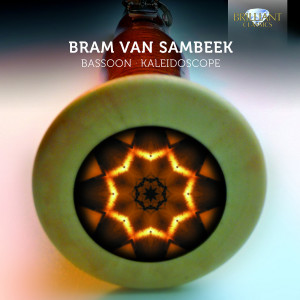
Camille Saint-Saëns, Gioacchino Rossini and 8 others
Bassoon Kaleidoscope
-

Edward Elgar, Georges Bizet and 27 others
Beautiful Classical Melodies
-

Richard Wagner, Camille Saint-Saëns and 3 others
Brahms: Paganini Variations & Liszt: Various Piano Works
-
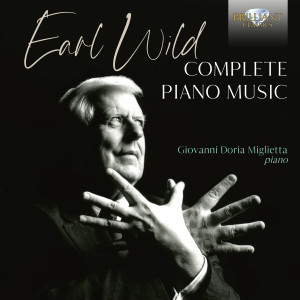
George Frideric Handel, Camille Saint-Saëns and 10 others
Earl Wild: Complete Piano Music
-

George Frideric Handel, Camille Saint-Saëns and 5 others
Earl Wild: The Complete Transcriptions and Original Piano Works, Vol. 3
-
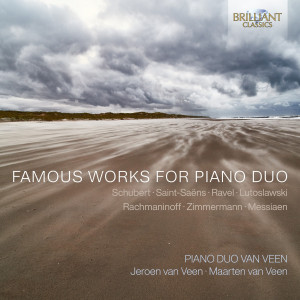
Camille Saint-Saëns, Maurice Ravel and 6 others
Famous Works for Piano Duo
-
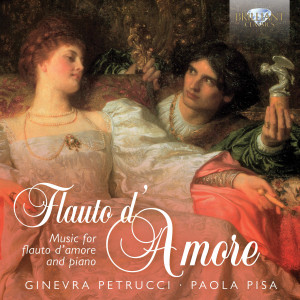
Edward Elgar, Camille Saint-Saëns and 20 others
Flauto d'Amore
-
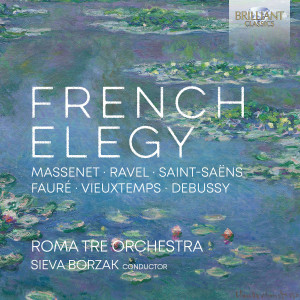
Camille Saint-Saëns, Maurice Ravel and 4 others
French Elegy
-
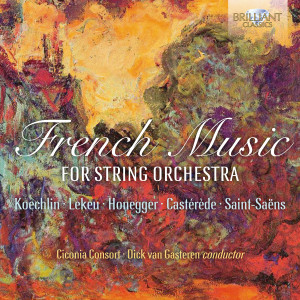
Camille Saint-Saëns, Charles Koechlin and 3 others
French Music for String Orchestra
-
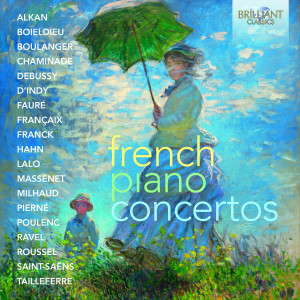
Camille Saint-Saëns, Maurice Ravel and 16 others
French Piano Concertos
-
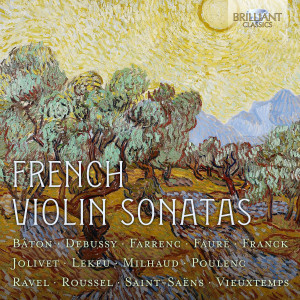
Camille Saint-Saëns, Maurice Ravel and 11 others
French Violin Sonatas
-
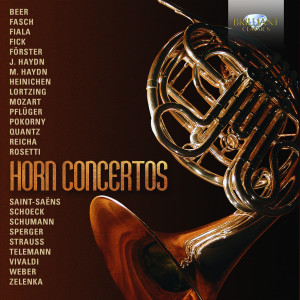
Camille Saint-Saëns, Anonymous and 23 others
Horn Concertos
-
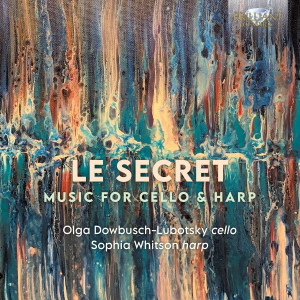
Antonín Dvořák, Camille Saint-Saëns and 9 others
Le Secret: Music for Cello & Harp
-
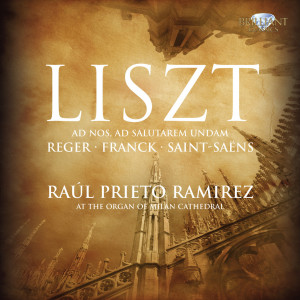
Camille Saint-Saëns, Max Reger and 2 others
Liszt: Organ Works
-
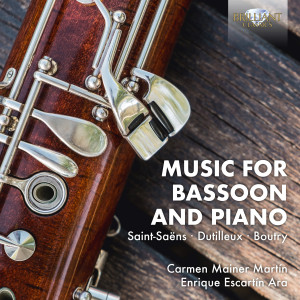
Camille Saint-Saëns, Alexandre Tansman and 5 others
Music for Bassoon and Piano
-
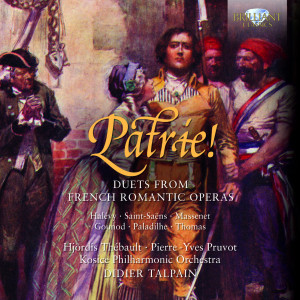
Camille Saint-Saëns, Jules Massenet and 4 others
Patrie! Duets from French Romantic Operas
-
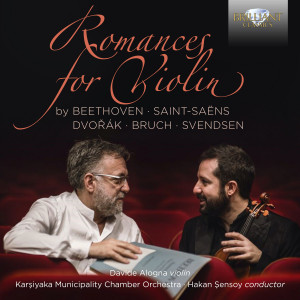
Antonín Dvořák, Camille Saint-Saëns and 3 others
Romances for Violin by Beethoven, Saint-Saëns, Dvorak, Bruch, Svendsen
-

Camille Saint-Saëns
Saint-Saëns: Chamber Music
-
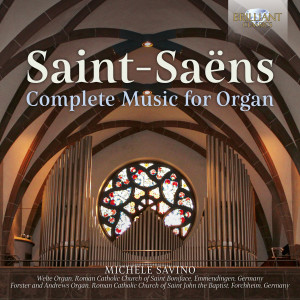
Camille Saint-Saëns
Saint-Saëns: Complete Music for Organ
-
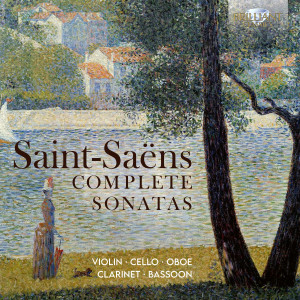
Camille Saint-Saëns
Saint-Saëns: Complete Sonatas
-

Camille Saint-Saëns
Saint-Saëns: Melodie sans paroles
-
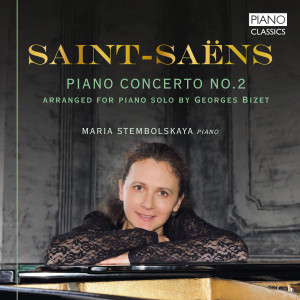
Camille Saint-Saëns, Franz Liszt and Paul Pabst
Saint-Saëns: Piano Concerto No.2
-

Camille Saint-Saëns
Saint-Saëns: Violin Sonatas
-
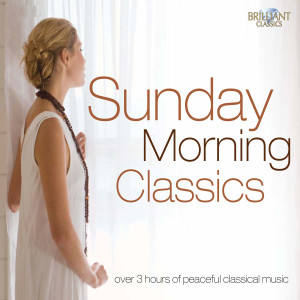
George Frideric Handel, Richard Wagner and 15 others
Sunday Morning Classics
-

Camille Saint-Saëns, Pyotr Ilyich Tchaikovsky and Ralf Bölting
Tchaikovsky & Saint-Saëns: Arrangements for Organ 4-Hands
-

Camille Saint-Saëns, Felix Mendelssohn and 10 others
The Classical Clarinet
-

Camille Saint-Saëns, Gabriel Fauré and 37 others
The Romantic Age, 500 Years of Classical Music
-

Antonín Dvořák, Camille Saint-Saëns and 13 others
The Romantic Cello
-

Camille Saint-Saëns, Gabriel Fauré and 7 others
The Romantic Cello
-

Camille Saint-Saëns, Gabriel Fauré and 15 others
Top 30 Favourite Classical Chillout Tunes
-

Camille Saint-Saëns, Gabriel Fauré and 19 others
Top 40 Favourite Classical Melodies
-
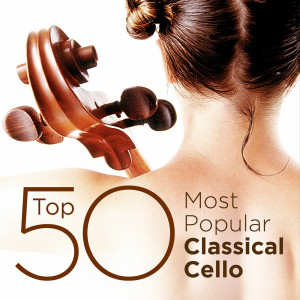
Antonín Dvořák, Camille Saint-Saëns and 14 others
Top 50 Most Popular Classical Cello
